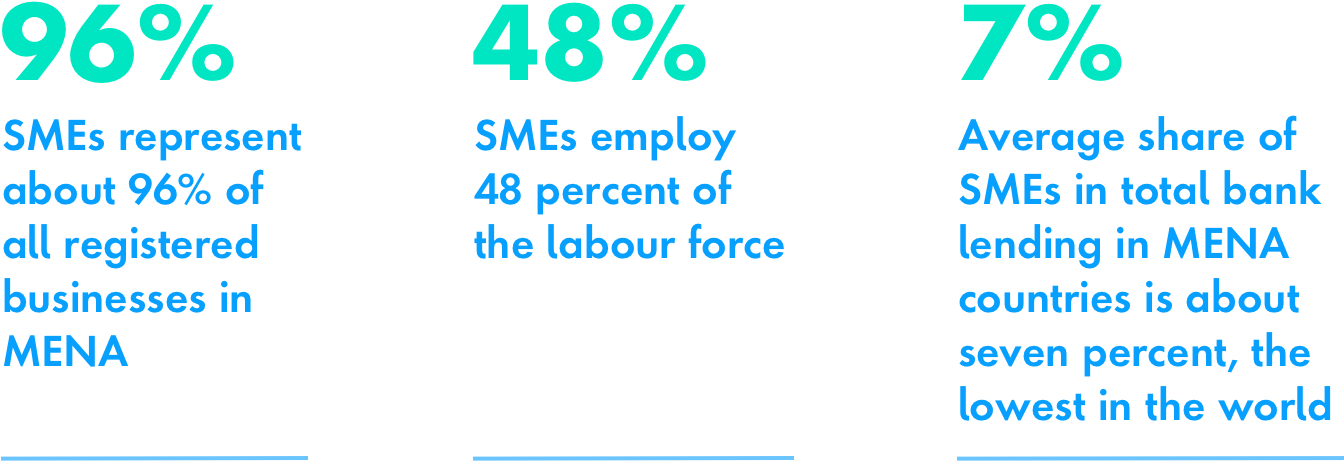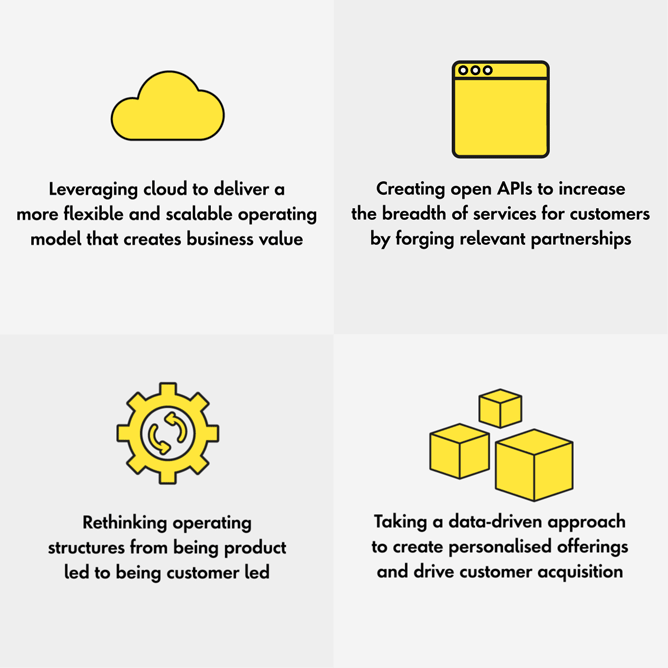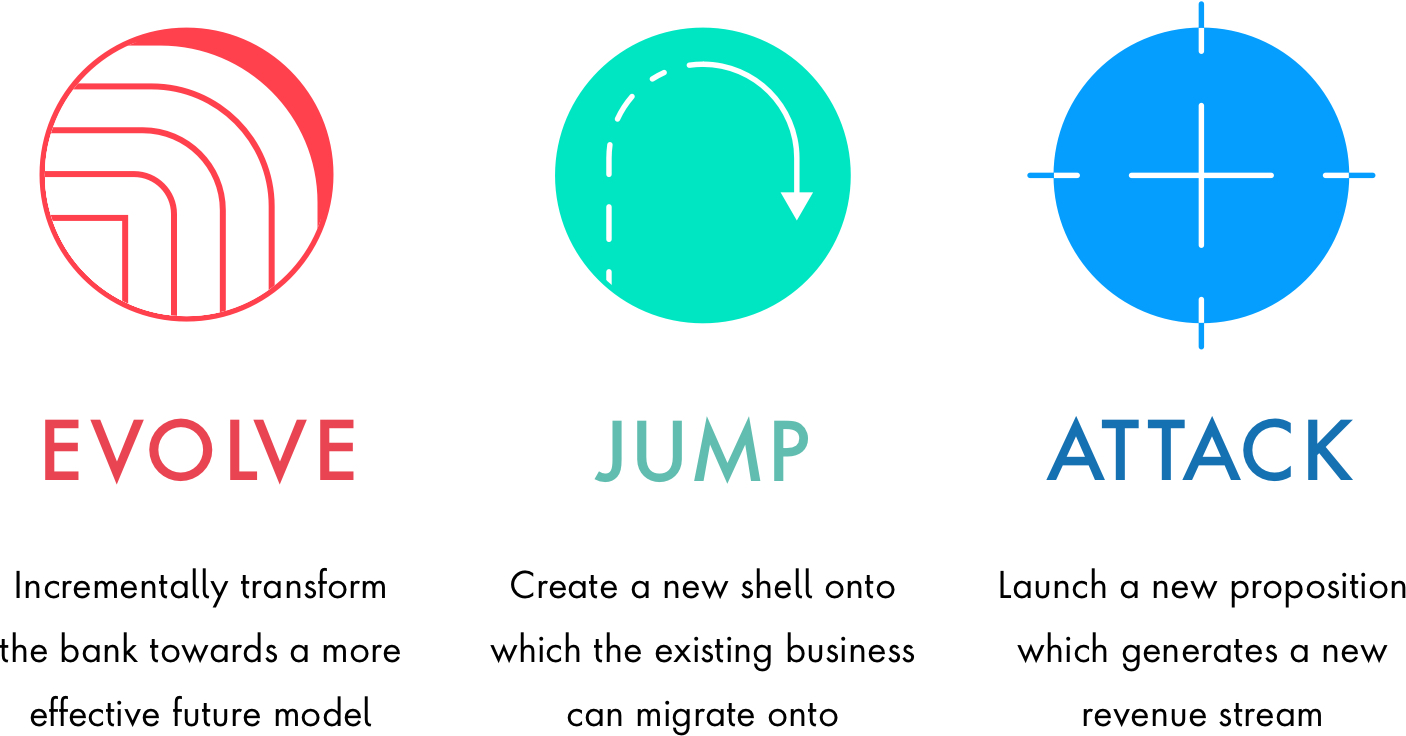The trade finance gap for SMEs, due to a number of causes such as limited access to finance and credit risk, is in the hands of the region’s banks. SME banking is largely serviced by ENBD, FAB, ADCB and Mashreq Bank. Apart from two digital banks Liv (ENBD) and NEOBiz (Mashreq), other players are traditional, branch-driven banks trying to be digital. There’s limited competition, too – new age banks like Revolut have not been allowed access over the last two years.
The total number of SMEs in Dubai has more than doubled in the past 11 years (151,875 in 2019 as compared with 72,695 in 2008), according to a report by Dubai SME, an agency of Dubai Economy. But this critical cornerstone of MENA economies has suffered since the 2014-16 collapse in oil prices when banks grew more cautious about lending to SMEs. Now the COVID-19 crisis has accelerated the opportunity for MENA banks to implement positive change through digital transformation. This will enable them to stand out from the competition in a crowded banking sector, support the vital SME economy and align services for SMEs with new government regulation.









